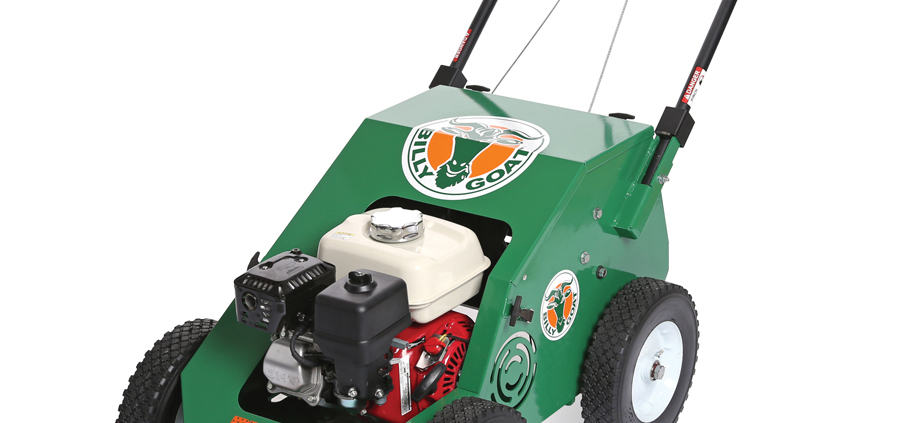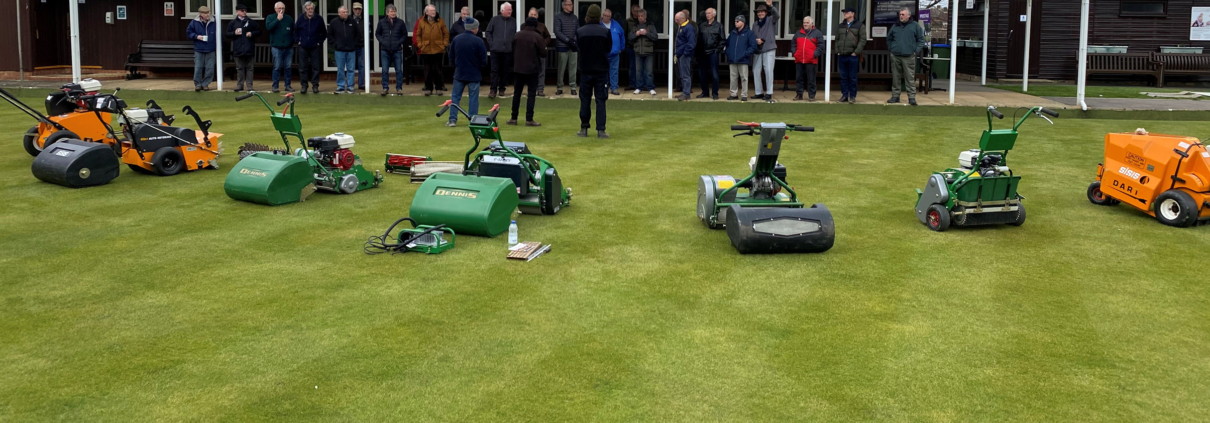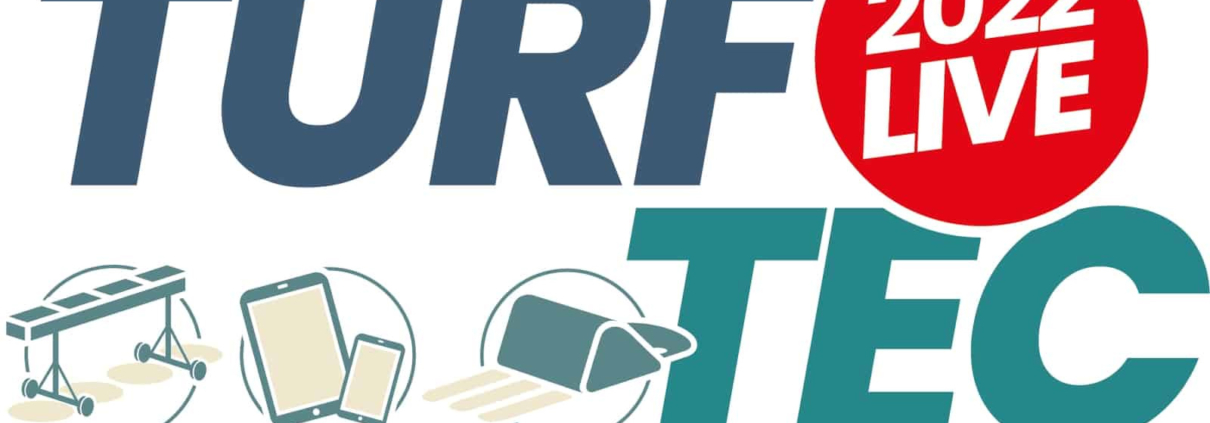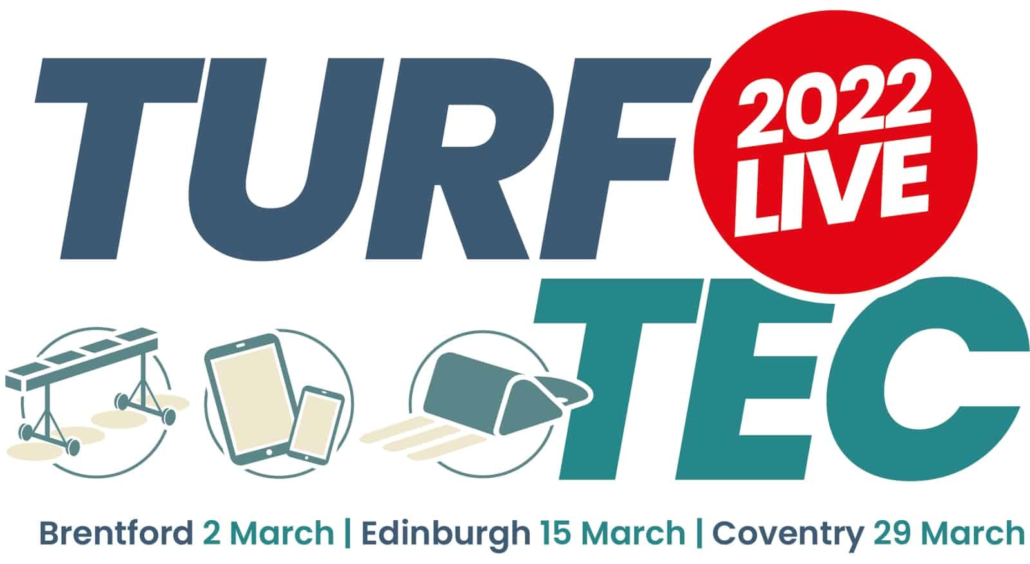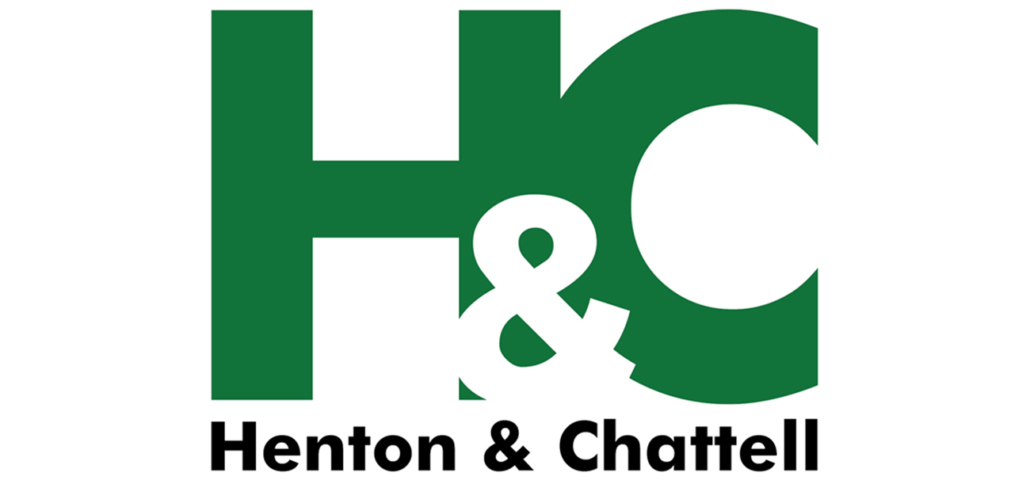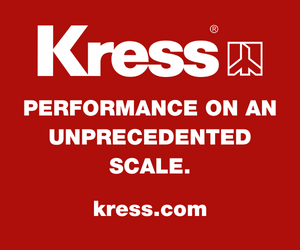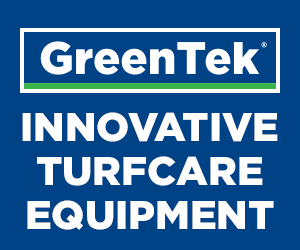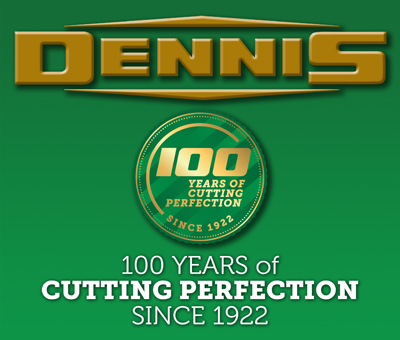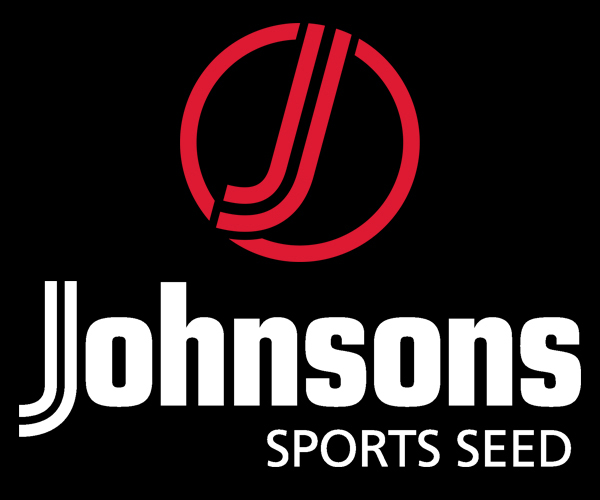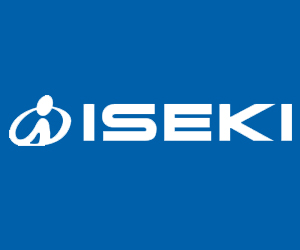Turf clean-up made easy with Billy Goat
Turf clean-up made easy with Billy Goat: With the summer months approaching, it’s important to clear turf now to prepare it for the heavy use it will endure during the season ahead. Whether it’s community fields, golf courses, residential areas or football pitches, every space will require clean-up and maintenance to get it looking and feeling its best.
Billy Goat has designed and manufactured a range of property clean-up products for all types, including residential, commercial or municipal requirements. Billy Goat understands the importance of keeping spaces tidy and its range of tools make sure that maintenance is simple and hassle free.
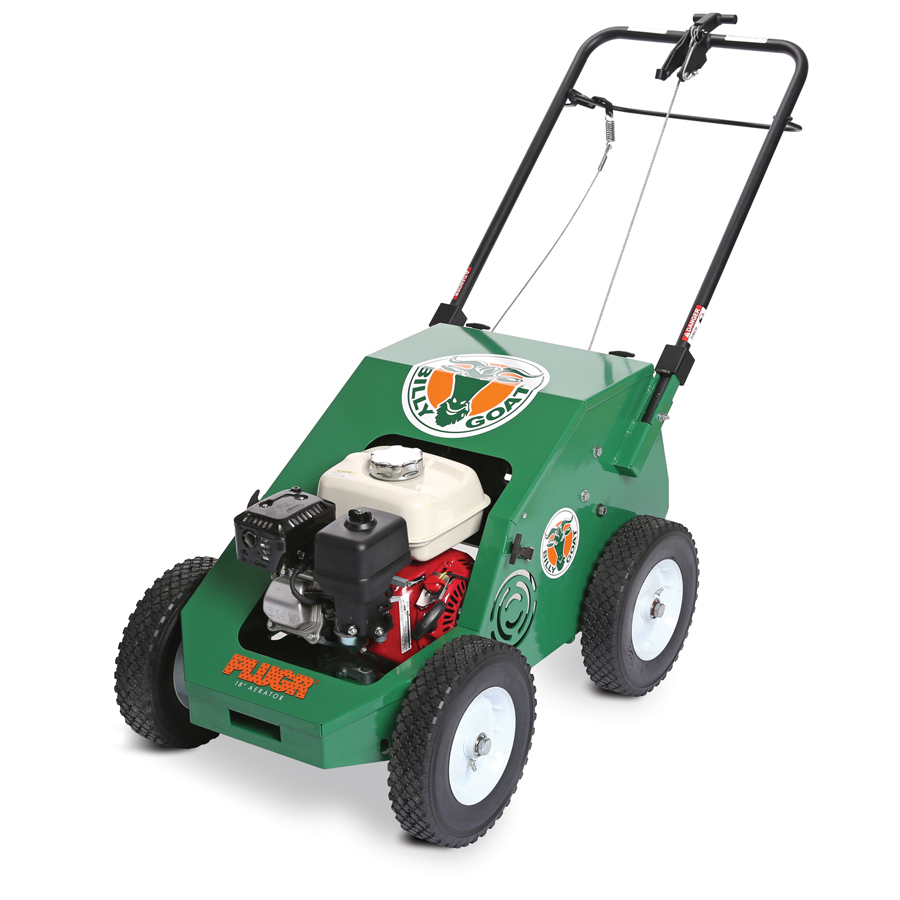
Turf clean-up made easy with Billy Goat
Remove loose debris
As the growing season begins, turf benefits from being exposed to sunlight as this will encourage strong and effective growth. A layer of debris over grass can cause stunted growth and due to the dark, damp environment debris creates, it is also at risk of encouraging various diseases. So, clearing away debris will not only help reduce damage to grass but it will also allow vital nutrients, air and water in so it can remain healthy and vibrant for summer.
Billy Goat offers a wide range of powerful and robust debris loaders and vaccums that effortlessly remove all types of debris from turf and the DL1302H Debris Loader offers the perfect combination of power and size. With 2,100 cfm of commercial suction and a discharge chute, high productivity leaf and debris removal across small and midsize jobs and crews is made effortless. Plus, with a dual shredding 14.5” diameter armor plate impeller with a Piranha™ blade that reduces debris up to 12.1 and allows you to load up across multiple properties before dispensing, time and effort is reduced.
For both lawn and hard surface areas, the MV601 multi-surface vacuum offers the perfect machine for larger clean-up projects, thanks to its Braggs & Stratton electric easy start engine, self-propelled and 3-speed vacuum. Plus, its powerful 6-blade serrated impeller encourages maximum suction, picking up leaves, grass clippings, litter and other debris quickly and efficiently, making mass clean-up easy.
The MV601 has also been manufactured using abrasion-resistant composite housing components, offering a lightweight model that won’t rust or dent so it can be used year after year.
Scarify to remove thatch
Whilst removing loose debris from on top of turf is vital in preparing it for the summer months, it’s also important to make sure that thatch, moss and any other unwanted growth is removed from turf to ensure strong, healthy growth.
Scarifying is an effective way of removing thatch from turf and can be done around March and April time, when grass starts to grow and can recover quickly. Billy Goat has a versatile range of scarifiers that takes the backache out of turf maintenance. Its CR550H Power Rake is just one example of its impressive products that efficiently removes matted thatch from small to medium sized lawns, thanks to its rugged design and powerful Honda engine. The model is also self-propelled and can be fitted with a spring tine reel, so even thatch in hard to reach places can be removed, leaving every inch of lawn looking like new.
Undertaking clean-up projects now will help to keep turf looking lush throughout the summer, and Billy Goat provides the tools to help clear turf of any size with ease.
Aerate lawns to life
The Billy Goat range of Plugr aerators enables grounds professionals, landscapers and contractors to be able to tackle large areas of lawn quickly and easily. Plugr aerators offer the perfect solution to promoting spring growth, improving drainage and encouraging new growth by making holes throughout the turf that breaks up compacted soil and allows air, water and nutrients to circulate through the roots. This results in healthier, stronger roots, grass and turf.
The PL1801H has an 18” working width so are ideal for smaller grounds. It also has four tines that place cores 2.75” deep and aerate 22,000 square feet per hour. They have an easy-folding handle that allows for compact use, transportation and storage, and its lightweight design allows for ease in manoeuvrability. For those seeking a more productive, cost-efficient way of aerating larger areas, the 25 Series is best. It offers the best combination of productivity, comfort and results, whilst boasting intuitive controls, and variable speed fingertip hydro-drive innovation.
The PL2501SPV is powered by a Briggs & Stratton Vanguard 203cc engine and is best suited for more intense usage and larger areas. The models have a 25” working width and eight reciprocating cam driven tines that punch to core depths of 2.75”, delivering aeration to up to 42,500 square feet per hour.
Billy Goat products are available nationwide through Henton & Chattell’s dealer network. For more information and to see videos demonstrating their performance visit www.billygoat.co.uk.
For the latest industry news visit turfmatters.co.uk/news
Get all of the big headlines, pictures, opinions and videos on stories that matter to you.
Follow us on Twitter and Instagram for fun, fresh and engaging content.
You can also find us on Facebook for more of your must-see news, features, videos and pictures from Turf Matters.

